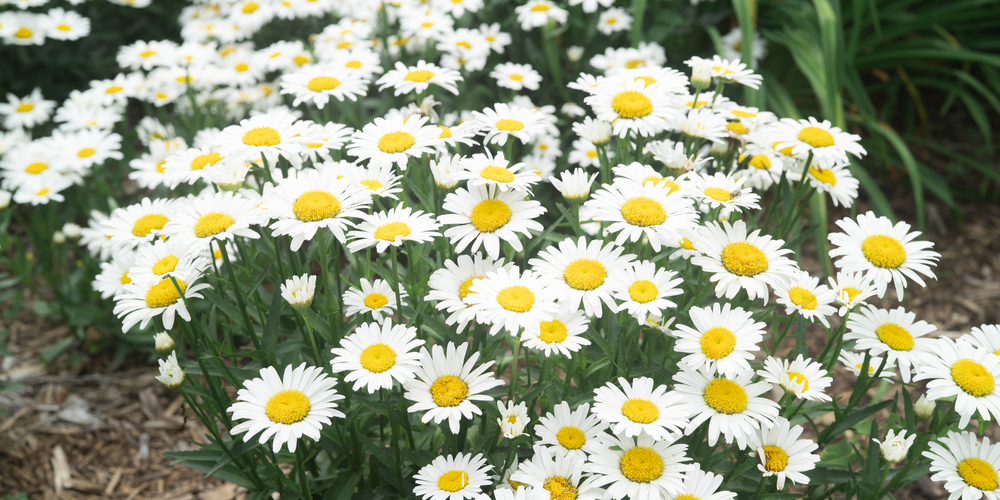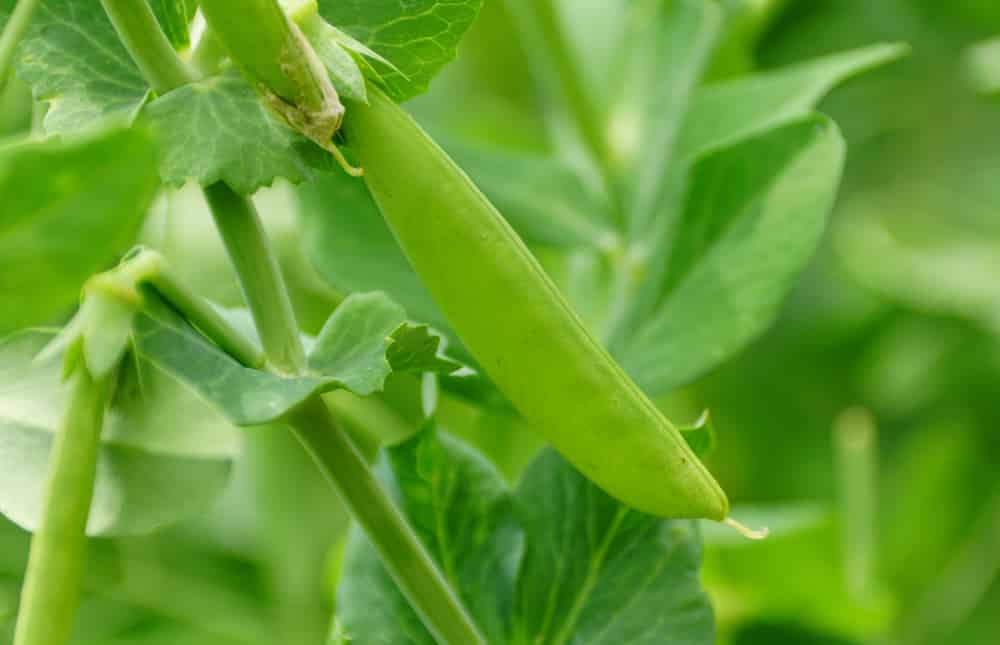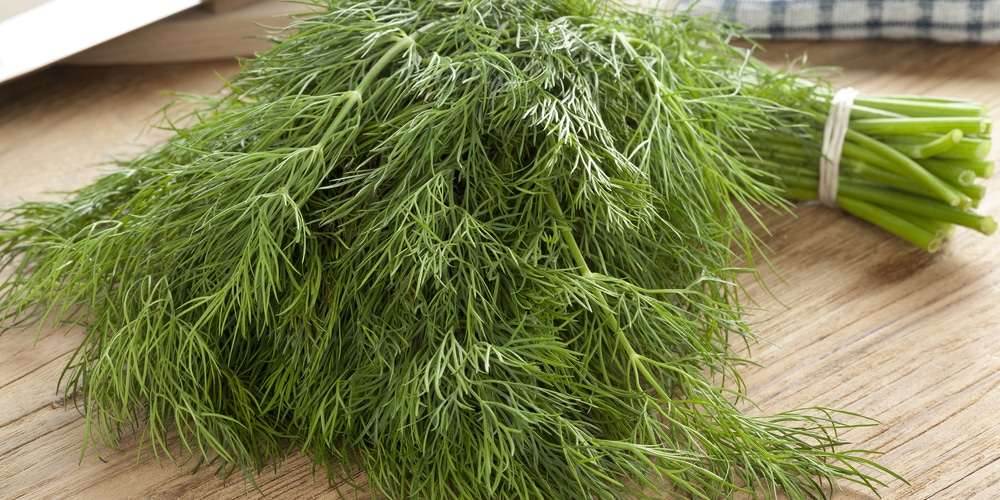Planting may seem complicated to some, and even professional gardeners don’t always enjoy the process of digging, planting, and watering their plants. If you’re hoping for an easier way to get started gardening, consider using low-maintenance seeds. And if you’d prefer to bypass the “planting” process altogether, good news: there are plenty of plants whose seeds you can just throw on the ground and let nature take its course.
Seeds You Can Just Throw on the Ground
Of course, not all seeds are created equal—some need a little more attention than others. But if you’re looking for a low-maintenance option, these are some of the best seeds to start this low-effort, low-maintenance planting called “broadcast seeding/planting.”
1. Carrot

Scientific Name: Daucus Carota subspecies Sativus
Type: Annual
Carrots are a great vegetable to eat with salads, soups, and stews, and they are some of the easiest veggies to grow from seed. Some tips include:
- Avoid planting them near potatoes, parsnips, dill, or fennel
- Avoid using too much fertilizer in the area, especially Nitrogen-heavy fertilizer
2. Chamomile

Scientific Name: Chamaemelum Nobile
Type: Perennial
Chamomile is a daisy-like plant known for its calming and anti-inflammatory properties. Chamomile is also very easy because it can grow in harsh, poorly fertile soil. Some tips include:
- Plant in partial shade if possible, but it can grow nicely in full sun.
- Chamomile needs very little care once they get established, so don’t over-water or over-fertilize the seeds.
3. Shasta Daisy
Scientific Name: Leucanthemum x Superbum
Type: Perennial
The Shasta daisy is a beautiful flower perfect for cutting and adding to bouquets. They’re also effortless to grow in enclosed spaces. Here are some tips:
- Avoid planting them in open areas or the woods, as animals like deer may want to snack on them.
- If you live near animals, set up a fence around where you plan to plant the Shasta Daisy seeds.
4. Peas
Scientific Name: Pisum sativum
Type: Annual
Peas are a fantastic source of protein and fiber. You can plant them in the spring and summer, and they’ll be ready to harvest in about 60-70 days. Some tips for planting peas include:
- Avoid throwing the seeds near any plant from the allium family (e.g., garlic and onion).
- Although it’s an annual plant, it’s best to plant in the spring or summer when the ground is warm. Cold or wet ground may cause the pea seeds to rot before they root.
5. Dill
Scientific Name: Anethum Graveolens
Type: Annual
Dill is a flavorful herb in the celery family that people use for salads, seafood dinners, vinegar, sauces, soups, and even bread. If you want to plant dill, you should scatter them on the ground in early spring. Here are some other tips:
- Competing plants include peppers, potato, cilantro, and eggplant; avoid growing dill near these plants.
- Dill grows better starting in cooler temperatures but requires warm ground to germinate and grow, which is why early spring is the perfect time to start scattering.
6. Arugula
Scientific Name: Eruca Vesicaria
Type: Annual
Arugula is a green herb with a peppery flavor that people love to include in salads, pizzas, sandwiches, and more. Make sure to scatter arugula seeds on neutral ground instead of acidic soil. Other tips for arugula include:
- Avoid planting arugula seeds with those of the same brassica family (e.g., cabbages)
- Also, avoid planting these seeds with strawberries, tomatoes, and pumpkin seeds.
- Plant these seeds with full sun for quicker results or partial shade for a more prolonged harvest.
Final Word
Those are just six of many seeds you can just throw on the ground. Some other ones include but are not limited to:
- Turnips
- Beets
- Mugwort
- Radishes
- Marigolds
- Leeks
- Strawberries
- Lupins
As you can see, there’s a wide range of vegetables, fruits, and herbs that you can sow using the broadcast seeding method. So get outside and start planting seeds with less effort today!


